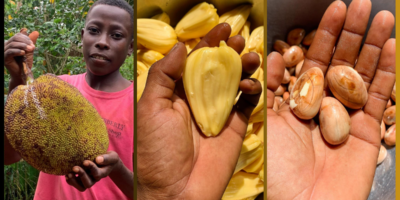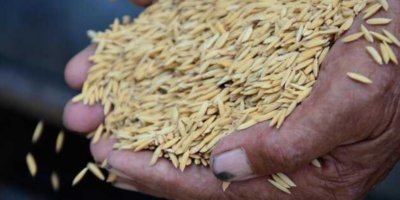The little-explained phenomenon is wreaking havoc
A drought caused by the meteorological phenomenon El Niño, exacerbated by climate change and environmental degradation, is sweeping across the country and accelerating the food crisis in various localities.
With a broken voice, a young farmer from Marfranc speaks of it as a true catastrophe for the Grand’Anse department: « I lost my banana crops and a good portion of my pigs, » says Alex Séjour in an interview with AyiboPost. « The plants were stunted by the drought. I lost my investments. »
The entire Southern peninsula is affected by this drought, according to the latest report from the National Coordination for Food Insecurity (CNSA), published in January 2023.
The entire Southern Peninsula is affected by this drought.
The phenomenon affects several countries in Latin America, including Peru and Ecuador.
In recent years, El Niño has occurred with much greater intensity. It used to happen every 4 years and typically lasted 6 months.
« But with the extent of global warming and the accelerated deforestation of recent years, El Niño is becoming erratic. It can extend beyond its usual duration and therefore prolong periods of scarce rainfall, » observes agronomist Talot Bertrand.
Haiti’s predominantly rain-fed agriculture is therefore facing major challenges. Rebetha Charles is an agronomist and head of REB Lokal, a local product processing company based in Jérémie. The company is in crisis.
« When it doesn’t rain, farmers are unable to produce, which means that we cannot find the raw materials to process either, » says Charles. « Local products have become scarce, and prices have risen. »
The landscape in affected areas takes on a sad and bare appearance. Drinking water becomes scarce.
The environmental problems in Haiti aggravate the situation. Paul Judex Edouarzin is a specialist in environmental governance. He has worked extensively on the El Niño phenomenon in several departments of the country. For him, the impact of climate change remains certain. But it is also important to consider environmental degradation.
Read also : L’urgence du changement climatique en photos à la Villa Kalewès
Due to these two factors, he explains, there is a disruption in the alternation between the rainy and dry seasons in the country.
Additionally, the specialist continues, the seasons can alternate and extend abnormally. « In certain areas, like in Saint-Michel de l’Attalaye for example, we saw a dry season of up to 8 months according to a farmer, » says Judex Edouarzin.
Haiti’s predominantly rain-fed agriculture is therefore facing major challenges.
In these different regions, livestock is dying due to the disappearance of vegetation.
« Proper management of Parc Macaya, the largest biosphere reserve in the Caribbean according to UNESCO, Parc La Visite, and the Pine Forest will be enough to bring rain to the country, » insists Talot Bertrand, who advocates for an environmental and agricultural policy focused on raising awareness and supporting farmers to « face the climate challenges of the years to come. »
English translation by Sarah Jean.
Stay in touch with AyiboPost through :
► Our WhatsApp channel : click here
► Our WhatsApp Community : click here
► Our Telegram canal : click here







Comments